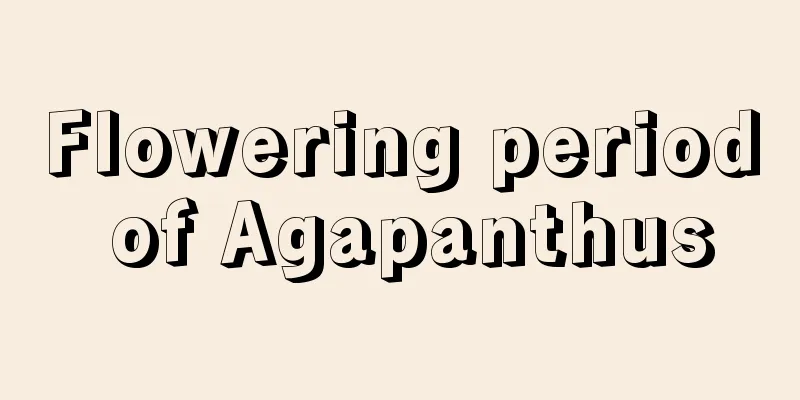How to transplant elm bonsai

Selection of varieties and bonsai potsGenerally speaking, Ulmus pumila is chosen for elm bonsai because of its strong vitality. Even if the soil ball is scattered, as long as the roots are covered with soil, the survival rate is extremely high. After choosing the variety, choose a slightly larger bonsai pot according to the size of its base. The best texture for the bonsai pot is purple clay, etc. Selection of potting soil for elm bonsaiTransplanting elm bonsai requires fertile and loose soil, fresh moss of appropriate size, a small amount of accessories and cement. It should be noted that the potting soil should not be too sticky or contain too much sand. Specific steps for transplanting elm bonsaiFirst, soak the new bonsai pot in clean water for an hour, then take the elm tree and place it on one side of the bonsai and adjust the shape. At this time, it should be noted that the unpotted elm tree needs to be placed in a semi-shaded or sheltered place. Then fill the pot with soil, patting it as you fill it, so that the soil can be properly dense and high in the middle and low around the edges. After filling the soil and covering it with moss, you need to water it. Water it frequently to make the soil in the pot thoroughly watered. After that, place the elm bonsai in a semi-shaded environment, then gradually expose it to sunlight, and then move it to a well-lit place. Precautions for transplanting elm bonsaiAfter transplanting the elm bonsai, it is best to spray a low concentration of potassium dihydrogen phosphate on the leaves. If you find that the elm bonsai is in poor shape, you should prune it in time to maintain its ornamental value. When watering or spraying, be careful not to overwater. Just keep the plant from wilting. The surface should be moist, but never allow the water to flow. |
<<: How to water the fiddle-leaf fig
>>: When to take cuttings of petunia
Recommend
How to Make Potted Ivy Grow Out of the Pot
1. Change pots and soil in time When changing the...
How to grow spring orchids on the balcony, what should you pay attention to
1. Lighting requirements Spring orchid needs sunl...
How to prune kumquat
How to prune kumquat branches and leaves Kumquats...
Litchi planting conditions and climate and environmental requirements in the planting area
Introduction to Lychee Litchi, also known as Lizh...
Can durian be grown in Henan?
Durian is a famous tropical fruit and is known as...
Garlic pot planting method
The best time to plant potted garlic is in autumn...
How to preserve ginkgo seeds and what is the probability of survival
1. Storage method The common storage method for g...
How to grow lucky bamboo in winter
1. Plenty of sunshine Although lucky bamboo does ...
The most powerful universal flower calendar in history, a must-have for flower growers!
January Flower Calendar - Plum Blossom Weather ch...
Can pine needle soil be used to grow succulents?
Can pine needle soil be used to grow succulents? ...
The cultivation methods and precautions of Japanese knotweed
1. Maintenance methods 1. Sunlight: Japanese knot...
Can avocados be grown in the south?
Can avocados be grown in the South? Avocado can b...
Can roses be hydroponically cultivated? (Rose hydroponics methods and precautions)
Can roses be grown hydroponically? Roses can be p...
The Flower Language of Wild Rose
Legends Before introducing the flower language of...
Are there any particular requirements for growing black orchids? (What are the most feared things about growing black orchids indoors at home?)
Because Molan itself, like traditional orchids, p...









